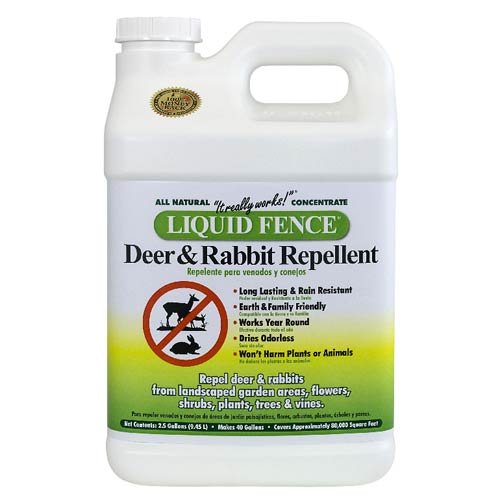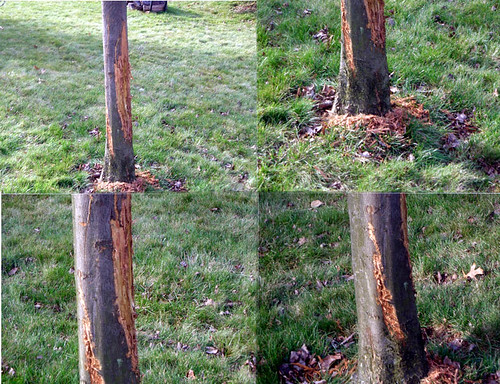Readers know that ThisGardenLady relies on a product called Liquid Fence to protect my plants from the deer and rabbits who either live on my property or visit frequently.   TheGardenLady does not get any money from telling people that I use this product. However, if I find a product that works for me, I want others to know about it.
But what happens if a product you love comes in a container that doesn’t work? If you bought Liquid Fence recently, you might have been as frustrated as I recently was with the nozzle. The nozzle did not allow the Liquid Fence to spray onto the plants. Presently my garden looks beautiful because it is loaded with late summer blooming flowers, flowers that are delectable especially to deer. I sprayed it recently, so I know nothing will eat the plants now.  My concern was how long these flowers will last if I cannot spray them again soon.
Continue reading “Liquid Fence, a great product to protect plants from deer and rabbits”



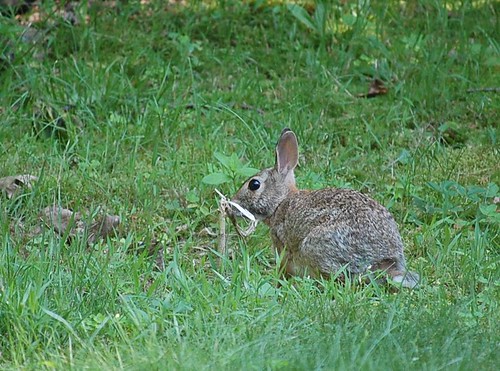
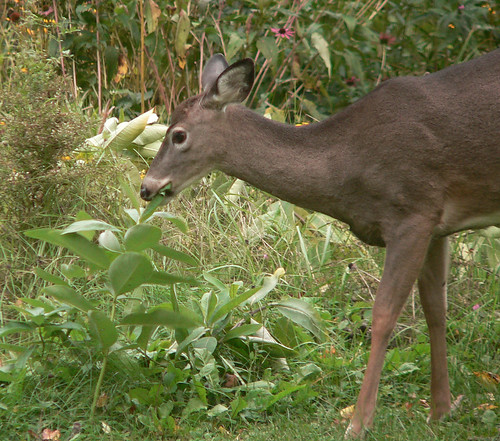


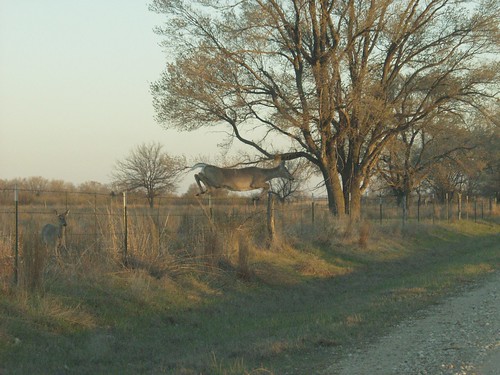
![Cropping the Roses by Beyond the Trail [Gary]](http://farm4.static.flickr.com/3169/2616166078_35aa8e134f.jpg)
